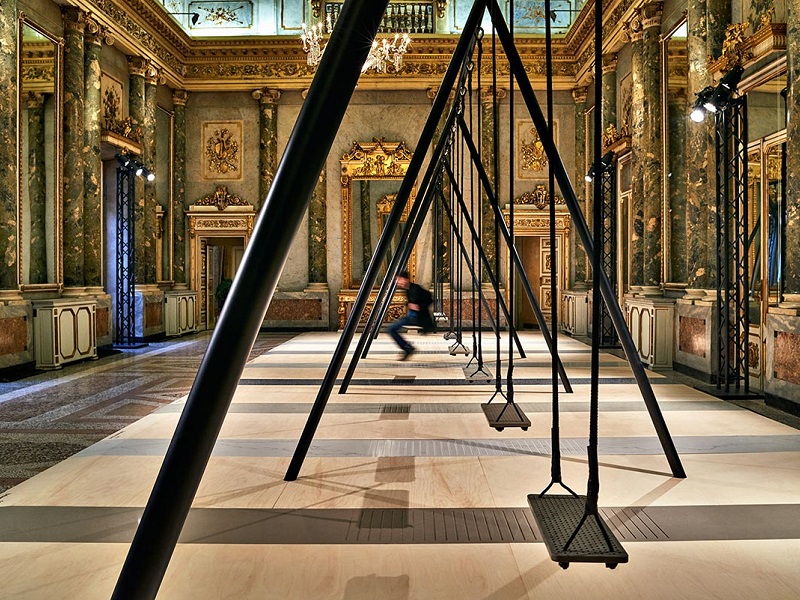
How can you make money from creative space?
Foundations
Today, many anti-cafés, coworking and creative spaces as well as art clusters are opening in big cities just because it’s trendy. Now it’s a trend and people think that with such a business it would be easy to make big money. And the formats are extremely elaborate – underground, on rooftops, on trees.
In my opinion, coworking spaces close after a certain period of time as quickly as they opened. Because the market is saturated and there are not enough specialists.
It was only after the first year of our existence that we began to clearly understand where to go, what’s optional for us and what our main line of work is. The most relevant areas remain those that are linked to business, self-development and interpersonal relations. And if you get down to the nitty-gritty, there’s no mystery. Each one of us is happiest when a balance is achieved between all areas of life. This is what the Shchastie [‘happiness’ in Russian] HUB is all about – a place for people and ideas.
_1.png)
Difference/s
It’s just like trying exotic fruit. For example, a person tries star fruit for the first time and feels disappointed. But he simply got a piece of spoiled fruit or one that was unripe. The same goes for creative spaces. People here still don’t know what it is. They get into one where the service is poor and they’re not offered what they need. And there you go – judgment is passed!
The Ukrainian creative space has, in contrast to, let’s say, Western European spaces, a big “wrapper”. Here everyone wants to outdo each other.
Our audience seems to be averse to anything new. A striking example: we put on a theatre production. A person hears about a show outside the theatre and starts thinking: there’s something fishy here. How will we sit? Will they seat us at tables or will it be just like it is at the theatre? Would we have to pay on entry or when it’s over? These questions arise because people don’t know what a hub is.
Now we’re at a stage of differentiation inside the market. Everyone is trying to stand out from the crowd. Only a year ago, when a creative space was opened it simply made an announcement. Now, every space that opens says: we’re not like everyone else. We’re something else. We’re not a creative space, although in reality that’s precisely what they are.

5 Reasons for Shchastie HUB’s success
-
We deliberately put emphasis on the social factor: we create “Happy Guides”, organise Flower Day, monthly Happiness Day. All of this is there for the people. And this is very pleasant work.
-
We have a strong team, and nobody is there by chance.
-
Speed is one of our rules. Whatever has been generated today has to be implemented in a very short timeframe. If the idea is conceived and not implemented today, most likely someone else is already working on it. A steady pace and rhythm of work has to be maintained – it’s a priority. There’s no place for chaos.
-
Taking into account the specifics of the business, our planning horizon is approximately one year in advance. Once a year we hold a large-scale strategic session. We create and review our plans on a monthly basis, and that includes weekly tactical meetings. We were contacted from other regions with requests for consulting. The first thing we say is that you have to understand clearly how the space will develop, at least in a year’s time. The second thing: where will the profit come from.
-
We trim our sails to the wind. We know what will be popular tomorrow and the day after tomorrow. And when tomorrow is here, we’re ready for it.




